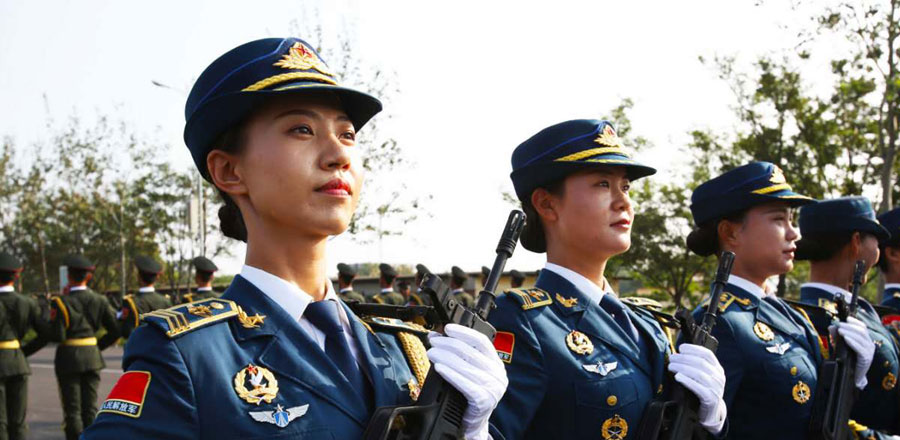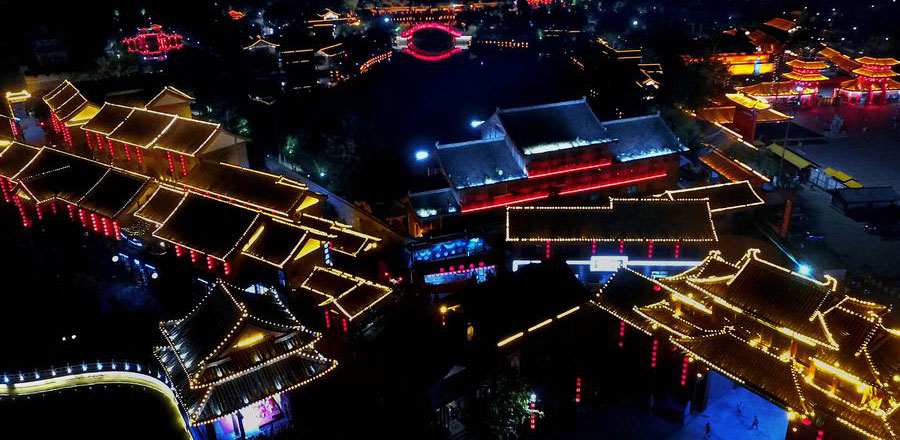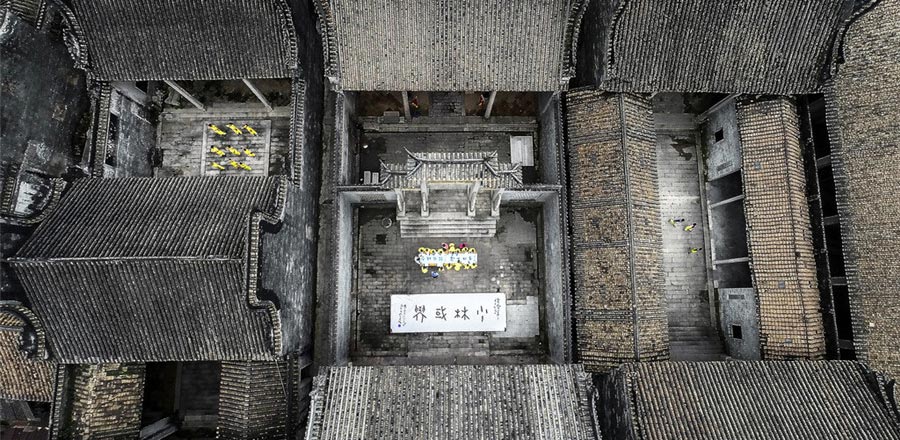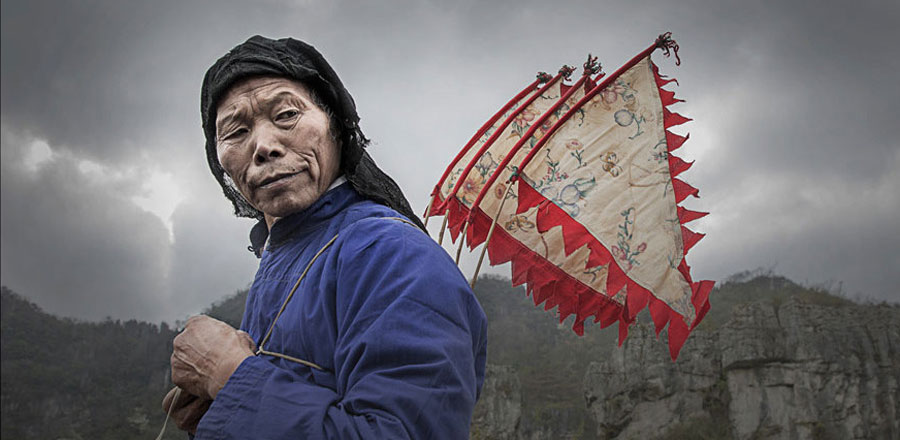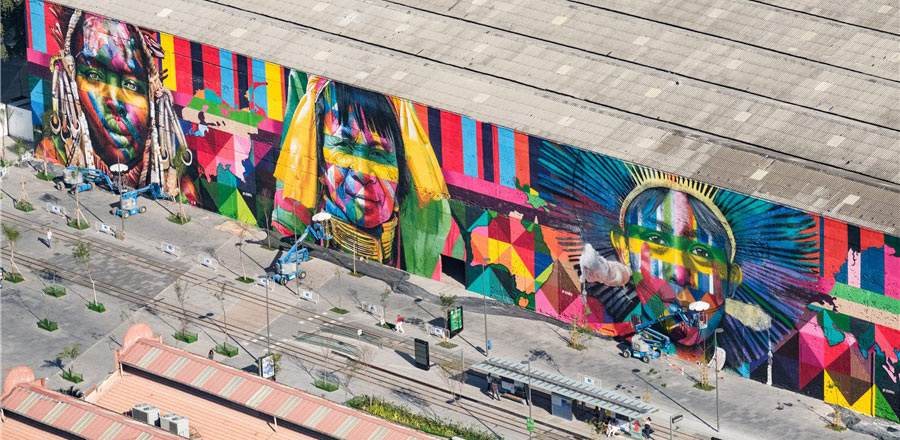
 |
|
A lama from Jokhang Monastery checks a digitally categorized fresco on a combination screen.[Photo by Wang Kaihao/ China Daily] |
Night falls. Waves of pilgrims gradually begin leaving Jokhang Monastery in the old part of Lhasa, capital of the Tibet autonomous region.
Then, Luo Wenhua leads his team to begin another night's work-shooting pictures of glittering Buddha niches in this monastery, one of the holiest places for Tibetans.
Every evening, until midnight, is the only time they get to work on building one of country's most advanced 3-D high-definition image database of cultural relics.
Luo, a researcher from the Palace Museum in Beijing, moved to Lhasa in 2013 for this program to help Jokhang Monastery digitally categorize its thangka-Tibetan paintings on cotton or silk applique-statues and frescoes.
"The photographs of every statue, for example, are taken from 10 different angles," says Luo.
"If epigraphs are discovered, more pictures are taken.
"Sections of the photographed frescoes can be magnified to more than a person's height in the database."
The sacred names (in Sanskrit, Tibetan and Mandarin) of the relics and other information are recorded. About 85 percent of 5,051 statues in the monastery have been covered so far, and the oldest can be dated back to the Tubo era (7th to 9th century), the predecessor of today's Tibet, according to Luo.
In total 1,439 pieces of thangka have been found.
Jokhang Monastery was founded during the reign of Songtsen Gampo, the first ruler of Tubo, and its construction continued until the early 20th century.
Speaking of the relics, Luo says: "It's uncommon for a monastery to have a specific cultural relics warehouse like Jokhang. However, the inventory needs to be done in a better way because the details in the previous one were often vague."
"Now that we are recording details we can fill some of the voids in the records in Jokhang."
Luo says the digitization of the frescoes should be completed by 2017, and the project will then be expanded to cover the ancient architecture.
The database will be in three languages-Mandarin, Tibetan and English-to facilitate access by overseas scholars.
He hopes that the material they are collecting can be used to develop something like the Palace Museum's digital exhibitions so that full use can be made of the database, but the proposal is dependent on the monastery's administrators.
Potala Palace, another sanctuary in Lhasa built in AD 637, is also making an attempt to use digital technology to better preserve its relics.
The Jokhang Monastery and the Potala Palace were added to the UNESCO World Cultural Heritage list in 2000 and 1994 respectively.


